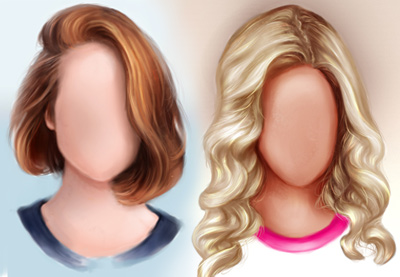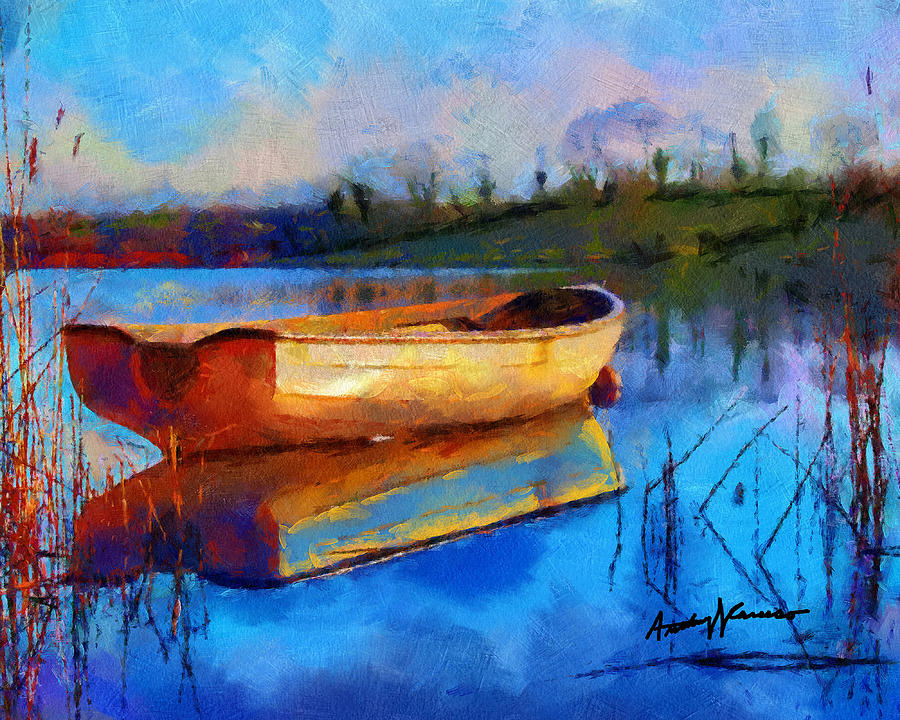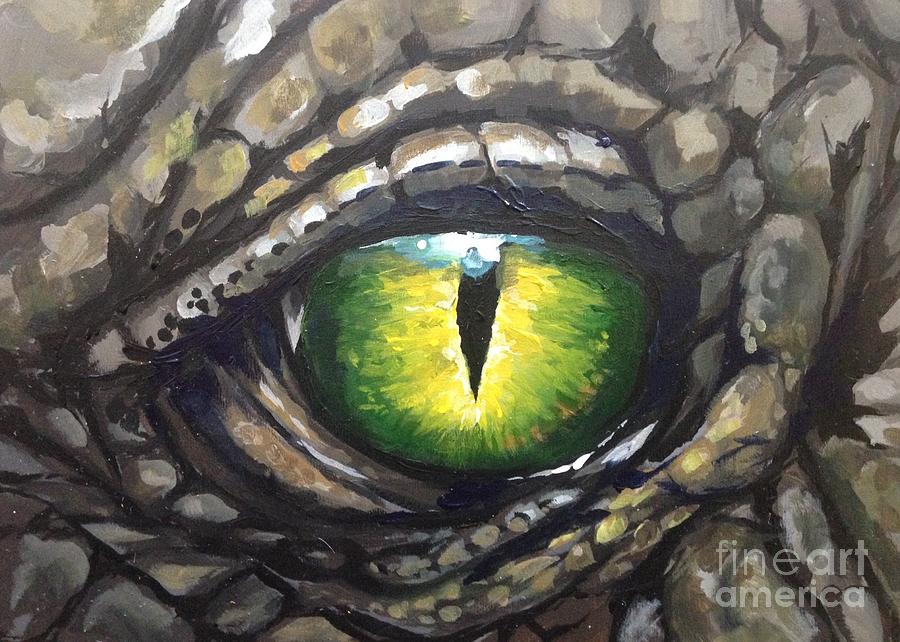- Subsurface Scattering:
- Light enters the skin or any translucent material and spreads out beneath the surface, creating an unmistakable glow.
- Three conditions:
- 1. Translucent Flesh
- 2. Small forms
- 3. Backlighting

- Color Zones:
- The complexion of a light-skinned face divides into three zones. The forehead is a light golden color. From the forehead to the bottom of the nose is reddish, The zone from the nose to the chin tends toward a bluish, greenish, or grayish color.

- A person who has been physically active often gets a stronger dilation, particularly in the cheeks in a diagonal line running from the inside of the eye to the corner of the jaw.
- Hair Secret:
- hair has always presented a unique challenge to both the traditional and the digital artist. To avoid the stringy look, use big brushes, keep the masses simple, soften the edges, and control the highlights.
- It helps to visualize the masses of hair as a ribbon, the Highlight goes across rather than following the whole length of the strands.

- Tips:
- Use a large brush
- Keep forms simple
- Try to state the largest masses.
- Transmitted Light:
- When Sunlight travels through a thin, semitransparent material, the light becomes richly colored. The light that bounces off the surface is fairly dull by comparison. A "stained-glass window effect"

- Caustics:
- A drinking glass or a water-filled vase can act as a lens to focus light rays into spots or lines of light. the same effects happen underwater, the result of the undulating waves acting like lenses.
- Caustics are the spots, arcs, wavy bands, of light projected onto a surface by means of refraction or reflection from a curved glass or from waves on water.
- Specular Reflections:
- An object with a shiny surface is like a mirror reflecting an image of whatever is around it.
- Light Rays bounce off the surface at the same relative angle that they hit it.

- Rules
- 1. The more reflective the surface, the larger the value range.
- 2. Convex surfaces include a smaller reflection as well as objects in the scene outside the bounds of your composition.
- 3. Whether traditional or digital, the reflection is a secondary layer added to the modeling already present in the piece.
- Highlights:
- The location of the highlights on the snake show that it is more flat than cylindrical as it squeezes the crocodile.

- In General, a highlight on any glossy surface is not WHITE but a combination of the source and local color.
- Color Corona:
- An extremely bright source, such as a setting sun or streetlight, that is surrounded by a region of colorful light. This appears both in human vision and in photography.
- The glow takes on the native color of the source and can be found on refelcted sources such as:
- - streetlights
- -Car headlights
- - solar highlights
- -wet surfaces
- Motion Blur:
- There are two kinds of Blurring:
- 1. Motion Blur- A Form moves rapidly in front of a stationary observer/camera.
- 2.Speed Blur- the Camera tracks alongside a fast moving object.
- MotionBlur:
- Paint figures and background wet together and then soften edges.
- Slower drying mediums are better.
- Crisp edges take away from the motion.
- To show that the camera is following a middle ground object, then the background should be blurred together.
- Speed Blur:
- Only the edges perpendicular to the movement are blurred.
- The lines and objects that are in line with the object in motion should not be blurred. like in the painting above.
Friday, November 9, 2018
Nov, 9: Light-Surfaces and Effects
Subscribe to:
Post Comments (Atom)
No comments:
Post a Comment